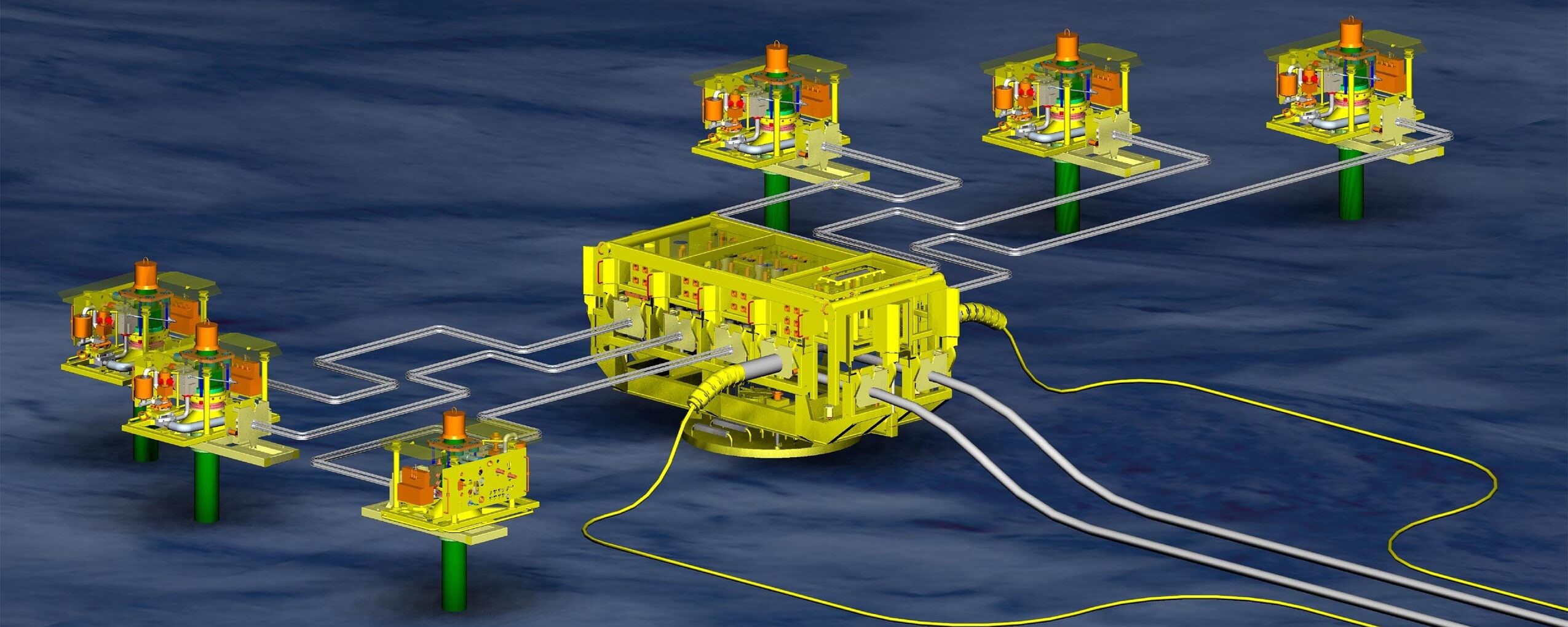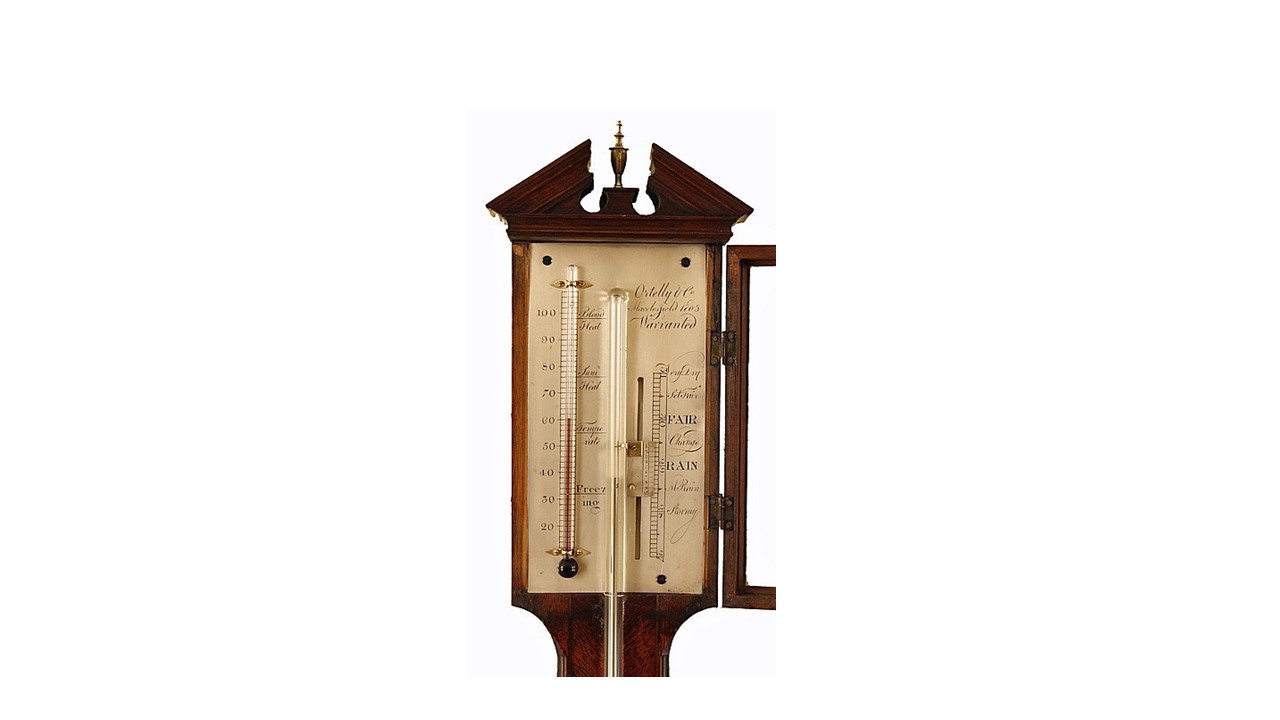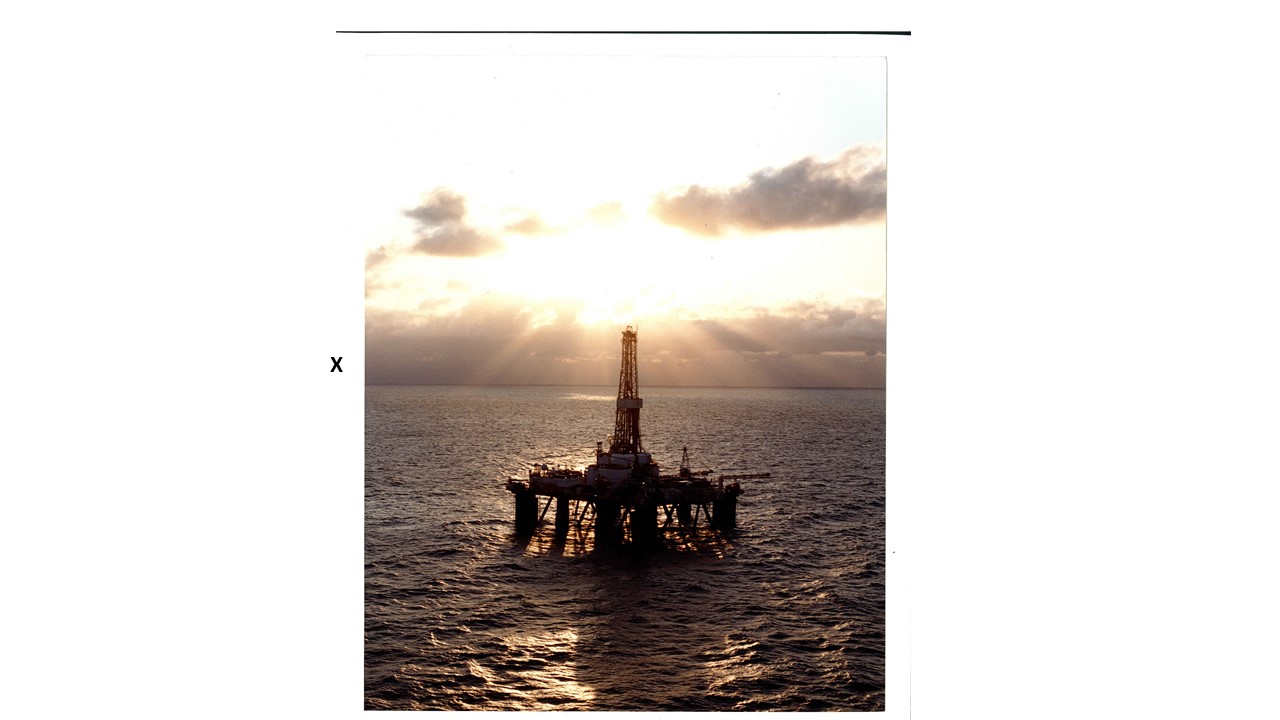(PROLOGUE: I feel that it is necessary to repeat something I wrote when I started my subsea history series. It was never way meant to be comprehensive. It is written from my point of view having edited Subsea Engineering News for 30 plus years. I am sure some folks will be disappointed at projects or events that will have been left out by the time I finish. Sorry. Sometimes project people get very close to their work and can not see the forest for the trees. The series is meant to highlight projects that I viewed as being influential on future events. So there it is. Onto another story.)
Many journalists, at least those who have had the privilege to cover important events, recall one story or series of stories that stand out. For me, it was a story I broke in 1992 on the Ninian Third Party Project (NTTP). There are a number of reasons for its significance.
The first one is the importance of this project in which Chevron modified two of the Ninian complex platforms (Central and South) to accommodate production and provide services to three new subsea developments operated by three different licence groups. At that time, no operator in the UK sector had landed and processed a wellstream on the platform of another operator. Some third party fluids had crossed over platforms enroute elsewhere, but not been processed for export. This was to become commonplace here, in the Norwegian sector and even in the Gulf of Mexico. So it was a landmark as such.
The other point relates to the fierce competition amongst the energy press three decades ago. Way back then, before Upstream was even a flash in a Norwegian’s eye and before the scandal surrounding Enron took place, there were a group of publications, mostly weekly newsletters plus several daily newspapers which vied to get the best offshore stories and get them first. SEN was a minnow compared to the others, many of which were part of publication empires, most of which owned both newsletters and magazines. There was also a good deal of story poaching that went on. One newsletter would get a story ahead of the others and the following week others would pick the story up and run with it, changing the emphasis or whatever and take possession of the story as if no one else had written about it already. Never was there any acknowledgement of who got the story first, such was the heated competition.
Now for the background to the NTTP story. I was at an oilfield social event on a Friday in early October after publishing the day before. Someone I had met once or twice who worked for a licence partner on one of the three NTTP subsea developments – Lasmo Staffa, Conoco Lyell and Texaco Strathspey – came over to me to have a chat and said, ‘Chevron is screwing up this project big time.’ Of course, it was most interesting, but it was a Friday lunchtime and I was out of the office – well before smartphones and wifi – so nothing could happen until Monday.
Monday came and I called Chevron’s press office, spoke to the head PR guy who I knew very well. I posed a question on NTTP based on what I had been told and was met by a moment’s absolute silence before he said, ‘We wondered when someone would find out.’ He told me he would get management to address my questions.
What then transpired were the 10 longest days in my journalistic career. I knew I had a great story and an exclusive, but the longer I waited for a reply the more nervous I got. Fortunately SEN came out every other week. It was not until the following Thursday, only hours before I was due to go to press, that Chevron finally replied. But it was a bombshell. Not only did Chevron admit that it was already months behind schedule, but it was 100% over budget. It then made the sort of contrite statement that oil companies never make. It admitted to ‘insufficient planning, scheduling pressure, poor management and an under-appreciation of the complexity of the project.’
It was all true. This was not seen by Chevron as a development project, but as maintenance work. There was no project director as the company later admitted ‘our engineering department and offshore operations thought they could handle it.’ Obviously not. After discovering the ongoing fiasco, Chevron compared NTTP with Alba which involved a platform and a floating storage unit. It found that the documentation for NTTP exceeded Alba by about 50% and was similarly bigger than another new development it was compared to. In addition, all of the NTTP work was being done insitu on the platforms, not onshore for orderly installation. The final admission was that at a meeting of partners Chevron said that it did not allow ‘sufficient time or financial provision’ to carry out the costing of the modification work nor did it do any preliminary conceptual engineering.
The reaction to these revelations was a major reorganisation of Chevron’s middle management. The project director of the ongoing Alba development was shifted to NTTP and many on the project team were given more specific responsibilities and were made to report directly to the project director. In a way, this was really no surprise. Subsea developments and host facility modifications were still fairly new at the time, so while it would be easy to criticise Chevron, I would think that other operators watched and thought ‘there but for the grace of God…’
There are several more salient points related to this story and some of my earlier comments. When this story hit the industry, it was such a bombshell that others took a while to digest it. And for almost the first time, the story’s origin was acknowledged. Probably the leading offshore newsletter at the time, FT North Sea Letter, actually stated in its story ‘as first reported in Subsea Engineering News.’ Wow.
Chevron’s press office should get a nod for owning up to the issue and securing for me a very good response from management. I mentioned Enron earlier. After this scandal in which the company hid financial misdeeds for a year, the US Securities & Exchange Commission (SEC) required all companies to file quarterly financial reports. This ended the ability of corporate press officers to do little more than issue press releases and do quarterly filings. And as there is always a blackout period (six weeks?) before results are released, much of the year became a ‘no-go’ time for journos.
And finally, to Upstream. Most oil and gas professionals know this very good publication, but what is not really appreciated is that its birth in the mid-1990’s led to the decline of many other periodicals. Its editorial management team had a very big budget and proceeded to secure the services of many very good journalists working on other oilfield publications. Key people from FTNSL, Offshore Engineer, Lloyd’s List, et al, jumped ship because no one else was paying anything like the salaries offered at Upstream. And so this began the inexorable decline of much of the oilfield press. Alas.




